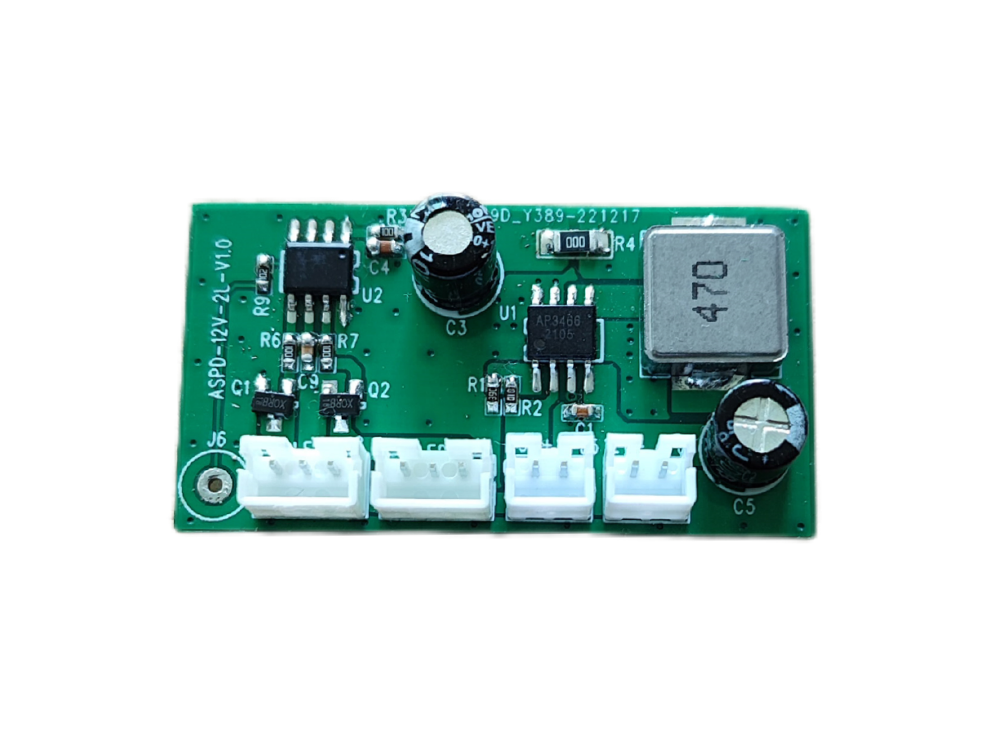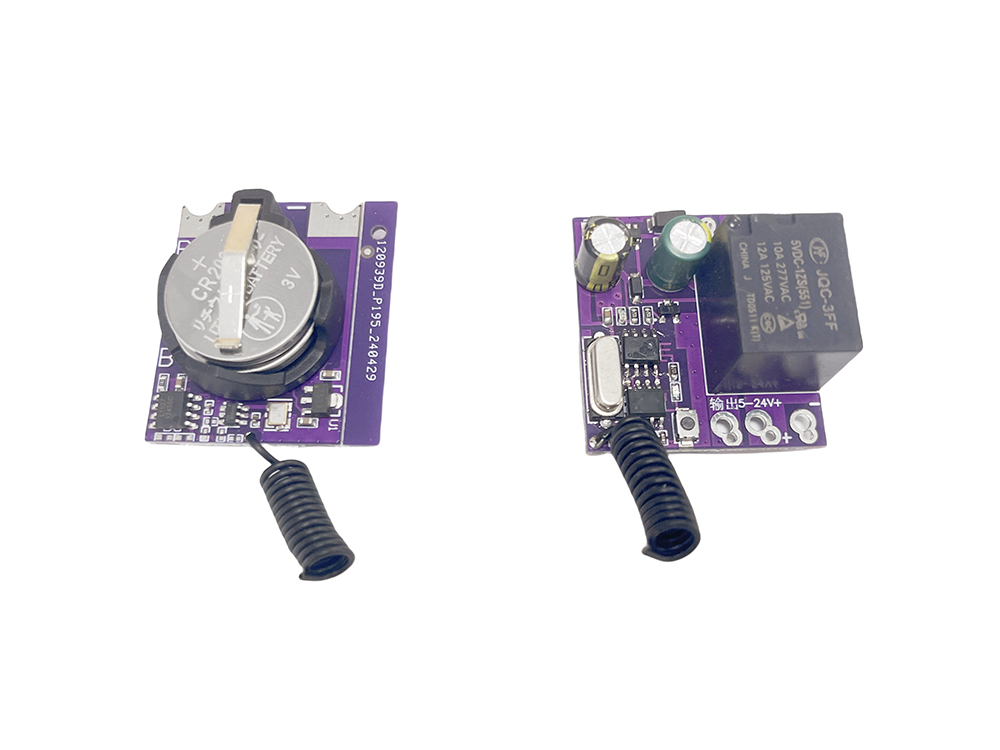Unlocking Quality: The Best Electronic Circuit Board Assembly Techniques
2025-05-13
The realm of electronic circuit board assembly encompasses a variety of techniques and processes that are fundamental to the manufacturing of electronic devices. As technology advances, so too do the methods used in assembly, which are pivotal for ensuring the performance, reliability, and longevity of electronic products. This article will delve into the best practices and techniques that define quality in electronic circuit board assembly, offering insights into how to achieve exceptional results.

The Importance of Quality in Assembly Processes
Ensuring quality in electronic circuit board assembly is crucial for numerous reasons. High-quality assembly minimizes defects, reduces costs associated with rework and recalls, and enhances customer satisfaction. In an industry where reliability is paramount, businesses cannot afford to overlook the significance of meticulous assembly processes.
Furthermore, quality assurance in assembly directly correlates with the overall functionality of the final product. A poorly assembled circuit board can lead to performance issues, safety hazards, and ultimately, damage to a brand's reputation. Thus, investing in top-notch assembly techniques is not optional; it is a necessity for any electronic manufacturer.
Key Techniques for Circuit Board Assembly
Understanding the various techniques involved in circuit board assembly is fundamental for achieving high-quality results. This section will explore the three primary assembly methods:
Surface Mount Technology (SMT)
Surface Mount Technology (SMT) has revolutionized the electronics industry by allowing components to be mounted directly onto the surface of printed circuit boards (PCBs). This method offers high density, reduced size, and improved performance. SMT components are typically smaller than their through-hole counterparts, enabling more compact designs and higher circuit densities.
The advantages of SMT include:
- **Higher assembly speed**: SMT allows for automated assembly processes, significantly speeding up production.
- **Improved electrical performance**: Shorter connections between components lead to better signal integrity.
- **Cost-effectiveness**: Reduced material costs due to smaller components and less PCB area usage.
However, SMT requires precise placement and soldering techniques, making quality control and testing critical components of the process.
Through-Hole Technology (THT)
Through-Hole Technology involves inserting component leads through holes in the PCB and soldering them on the opposite side. While this technique is older than SMT, it remains relevant for specific applications, particularly those requiring robustness and durability.
Key benefits of THT include:
- **Stronger mechanical bonds**: THT connections tend to be more mechanically secure, ideal for components experiencing stress.
- **Easier manual assembly**: This method is often preferred for prototypes and smaller production runs where manual assembly is feasible.
However, THT can lead to larger boards and increased production times, which manufacturers must consider when choosing the appropriate technique.
Mixed Technology Assemblies
Mixed technology assemblies combine both SMT and THT techniques in a single circuit board. This approach leverages the advantages of both methods, allowing manufacturers to optimize performance and cost. Mixed technology is particularly useful in applications where certain components must be robust (THT) while others benefit from the compactness and speed of SMT.
This dual approach requires careful consideration of the design and assembly processes to ensure compatibility and quality throughout the production cycle.
Essential Tools and Equipment for Circuit Board Assembly
To achieve high-quality assembly results, specific tools and equipment are essential. The following are critical components of the assembly line:
- **Pick-and-Place Machines**: These automated machines accurately place SMT components onto PCBs, significantly increasing speed and precision.
- **Reflow Ovens**: After components are placed, reflow ovens are used to melt solder paste and create strong electrical connections.
- **Wave Soldering Machines**: For THT processes, wave soldering machines ensure even solder application and can handle high volumes of production.
- **Inspection Systems**: Automated optical inspection (AOI) systems check for defects in assembled boards, ensuring quality control before final testing.
- **Soldering Stations**: For manual assembly and rework, high-quality soldering stations are necessary to achieve reliable connections.
Investing in the right tools and equipment not only improves efficiency but also enhances the overall quality of the assembly process.
Quality Control in Circuit Board Assembly
Quality control is an integral part of the circuit board assembly process. Implementing rigorous quality assurance techniques helps identify and eliminate defects, ensuring that the final products meet industry standards and customer expectations.
Key quality control methods include:
- **Incoming Material Inspection**: Examining components and materials before assembly to ensure they meet specifications.
- **In-Process Testing**: Conducting regular checks during the assembly process to catch issues early.
- **Final Product Testing**: Comprehensive testing of assembled boards to verify functionality, performance, and reliability.
Utilizing statistical process control (SPC) and maintaining detailed records of quality checks can further enhance quality assurance efforts.
Environmental Considerations in Electronics Manufacturing
With growing awareness of environmental issues, electronic manufacturers must consider sustainability in their assembly processes. Implementing eco-friendly practices can enhance a company's reputation and appeal to environmentally conscious consumers.
Key strategies for environmentally responsible electronics manufacturing include:
- **Minimizing Waste**: Streamlining processes to reduce material waste and employing recycling programs for scrap materials.
- **Using RoHS-Compliant Materials**: Ensuring that all components meet the Restriction of Hazardous Substances directive to minimize the use of harmful materials.
- **Energy Efficiency**: Investing in energy-efficient machinery and practices that reduce the carbon footprint of manufacturing operations.
By prioritizing sustainability, manufacturers can contribute to a healthier planet while also appealing to a growing market segment.
Future Trends in Circuit Board Assembly
The field of electronic circuit board assembly continues to evolve rapidly, driven by technological advancements and changing market demands. Some notable trends include:
- **Automation and Robotics**: Increased use of automation in assembly processes is expected to enhance efficiency and precision while reducing labor costs.
- **Flexible Manufacturing**: Adapting production lines to accommodate rapid changes in product design and size demands will become increasingly important.
- **Advanced Materials**: The development of new materials, such as flexible printed circuits, will open new avenues for innovation in product design.
Staying abreast of these trends allows manufacturers to remain competitive and responsive to market needs.
The landscape of electronic circuit board assembly is shaped by the techniques and practices that ensure high quality and reliability in electronic products. By understanding the nuances of SMT, THT, and mixed technology assemblies, along with investing in the right tools and quality control measures, manufacturers can position themselves for success in an increasingly competitive market. Moreover, embracing sustainability will not only enhance brand reputation but also contribute to a healthier environment. As the industry evolves, staying informed about emerging trends and technologies will be key to unlocking quality and achieving excellence in electronic circuit board assembly.










